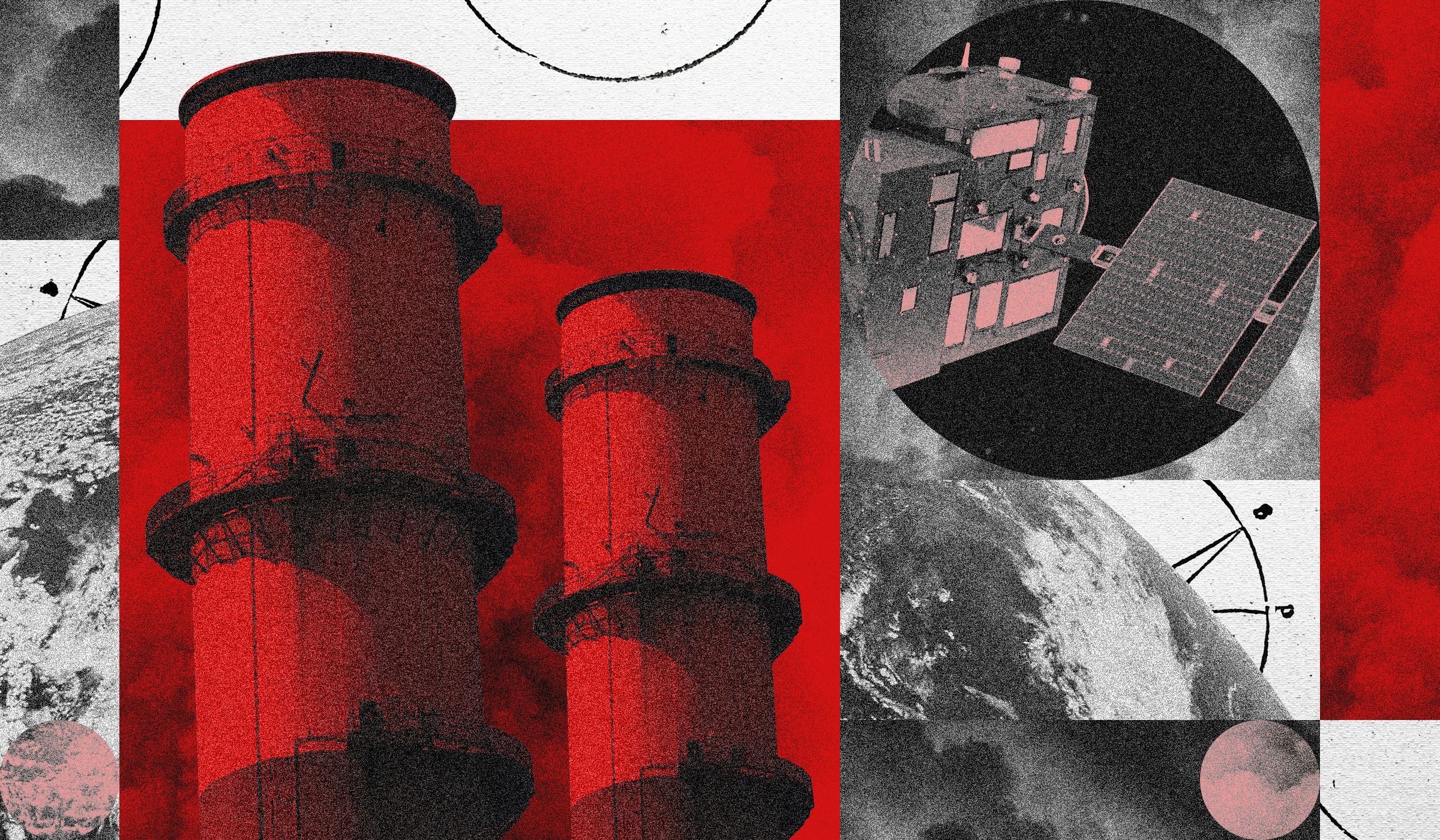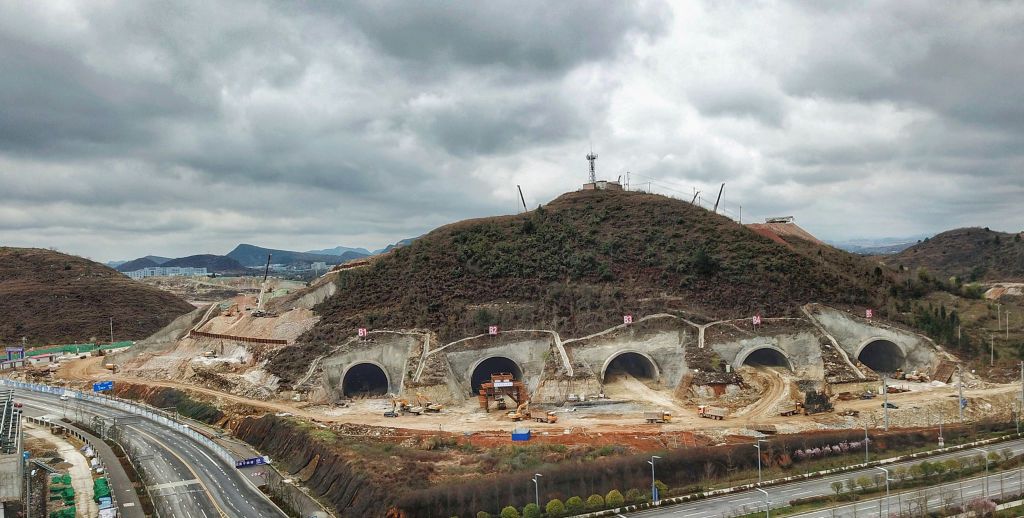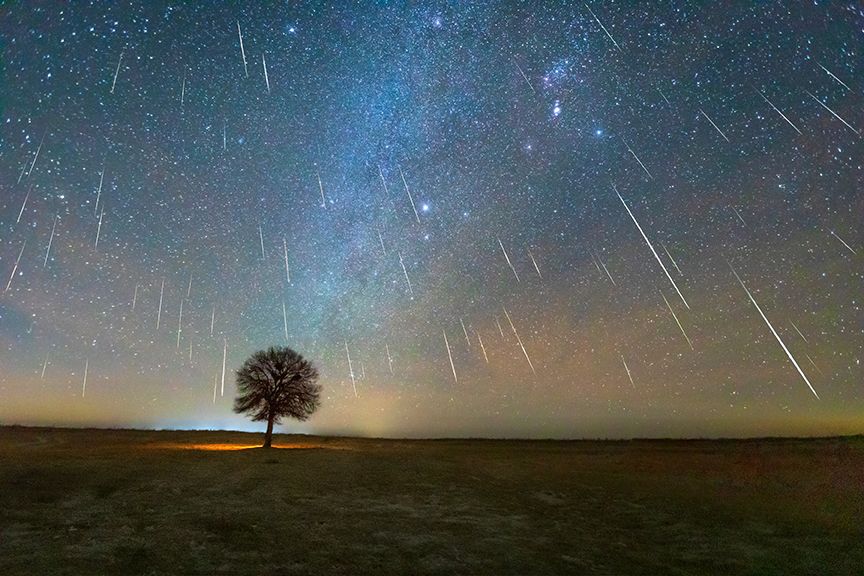The EPA Is Ending Greenhouse Gas Data Collection. Who Will Step Up to Fill the Gap?
…

The EPA Is Ending Greenhouse Gas Data Collection. Who Will Step Up to Fill the Gap?
In a shocking move, the Environmental Protection Agency (EPA) has announced that it will no longer be collecting data on greenhouse gas emissions. This decision has sent shockwaves through the scientific community, as many rely on this data to track the impact of human activities on the planet’s climate.
With the EPA stepping back from this crucial responsibility, the question now becomes: who will step up to fill the gap? Some are looking to non-profit organizations and academic institutions to take on this important task. However, without the resources and authority of the EPA, it remains to be seen if these groups can truly replace the vital data collection efforts that are now being abandoned.
The lack of greenhouse gas data could have far-reaching consequences for our ability to address climate change. Without up-to-date information on emissions levels, it will be much harder to develop effective strategies for reducing our impact on the environment. This decision by the EPA could set back our efforts to combat climate change by years, if not decades.
It is crucial that we find a solution to this data collection gap as soon as possible. The health of our planet and future generations depends on it. Whether through government action or private initiatives, we must come together to ensure that we have the information we need to protect the environment and combat climate change.
As concerned citizens, we must demand accountability from our leaders and support efforts to fill the gap left by the EPA’s decision. The stakes are too high to allow this crucial work to go undone. We must act now to safeguard the future of our planet.
In conclusion, the EPA’s decision to end greenhouse gas data collection is a significant setback in our efforts to address climate change. We must now look to other sources to fill this crucial gap and ensure that we have the information we need to protect our environment. The time to act is now, and we must come together to find a solution before it’s too late.





